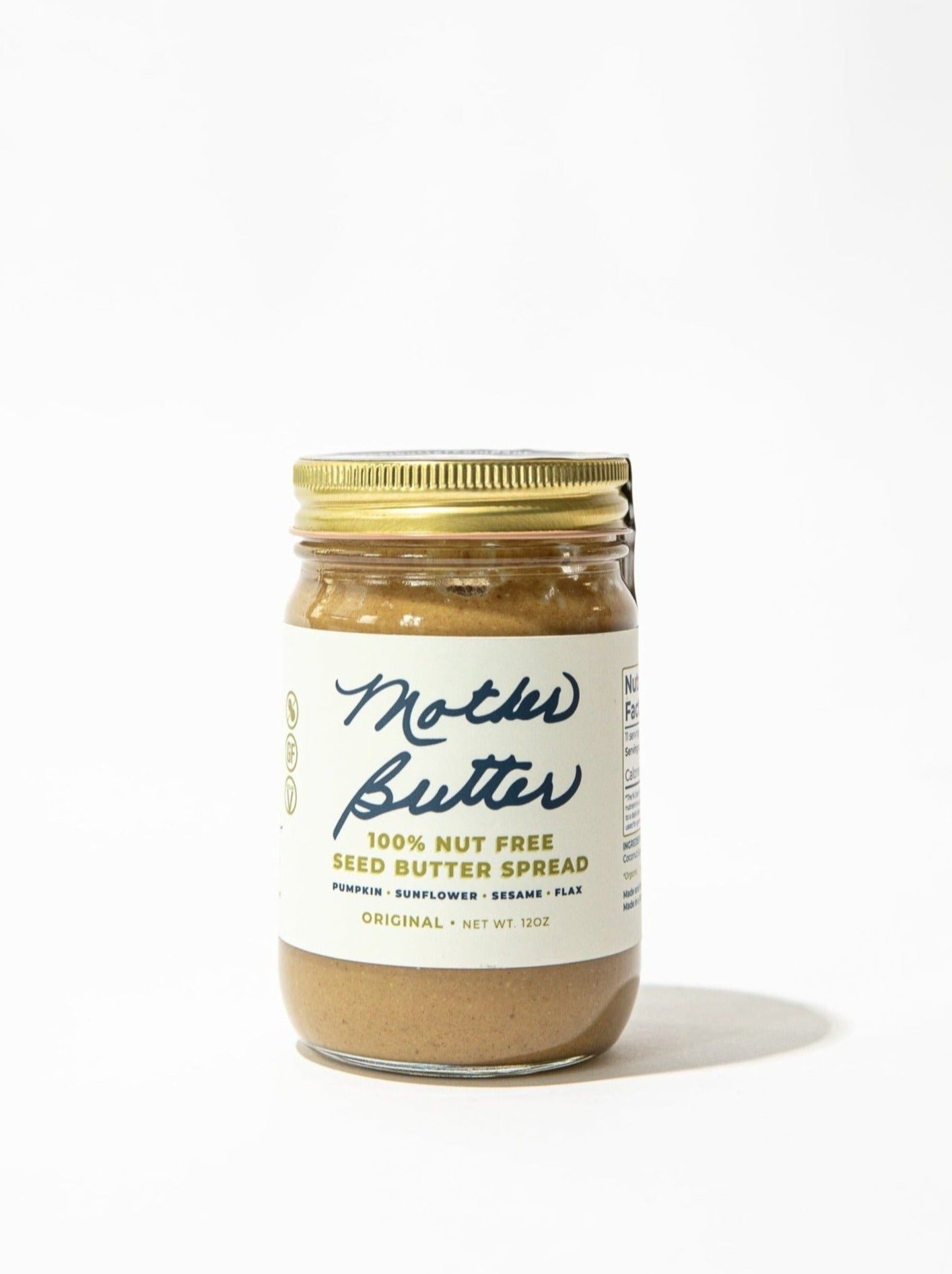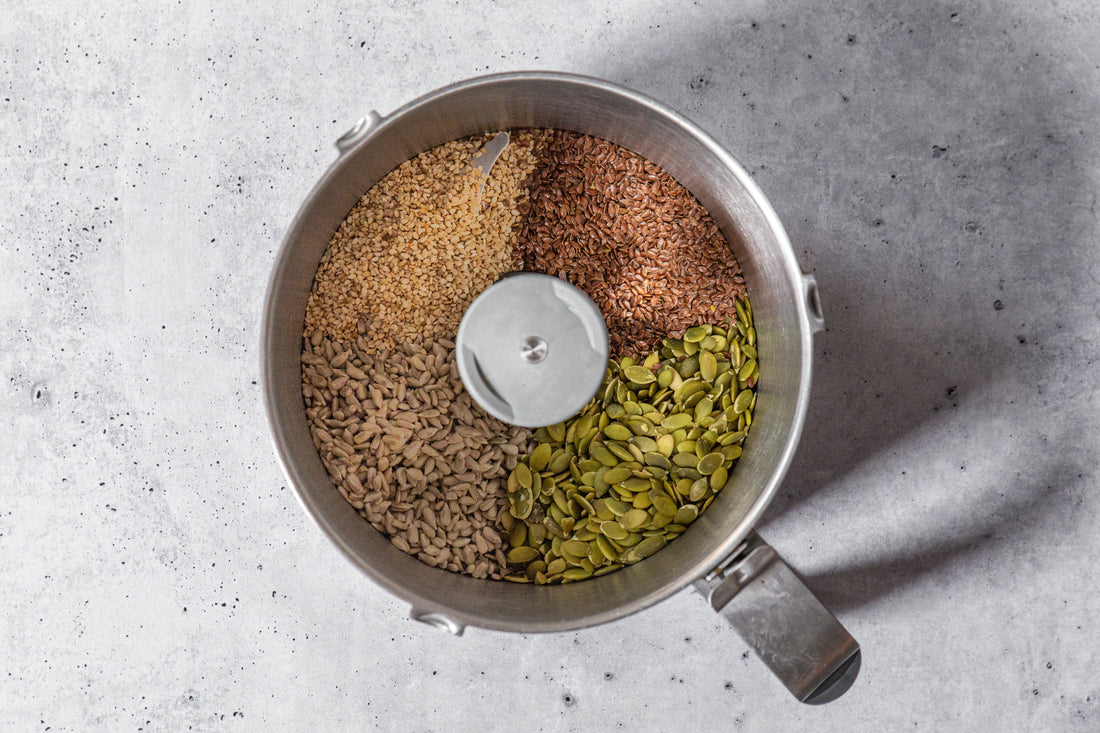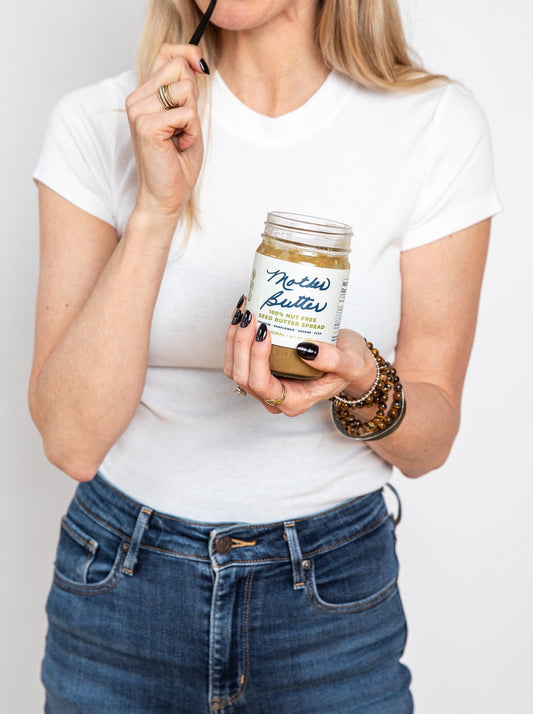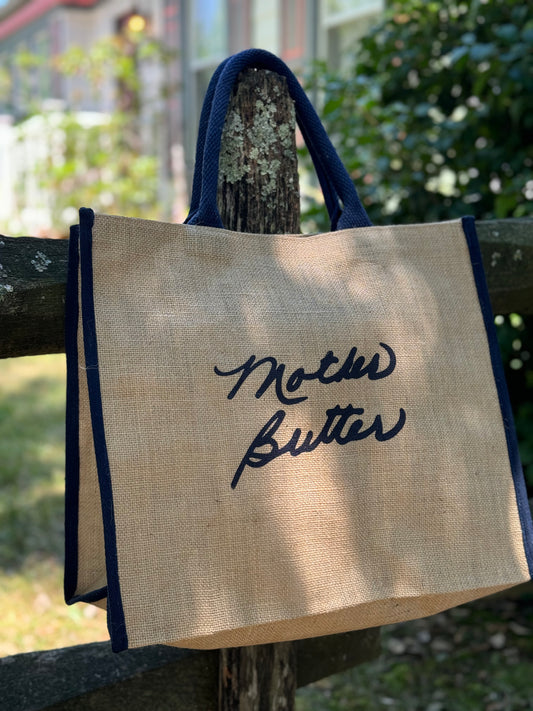Whether you’ve researched ways to relieve your pesky period pain, boost fertility, or looked to health influencers on social media for their tips and tricks on supporting hormonal well-being, you’ve likely come across the dietary trend of seed cycling. If you were instantly intrigued by the promise of balancing your hormones and regulating your periods simply by eating a couple of tablespoons of seeds each day—you aren’t alone! Seed cycling has become increasingly popular among women eager to optimize their hormone health, and some who have tried it even go as far as to swear that this approach has life-changing effects. Hey, even Mother Butter was founded upon grinding the four seeds recommended in seed cycling to easily integrate them into every woman’s diet. So what exactly is the practice of seed cycling, and does it actually work?
Seed Cycling 101

Seed cycling involves consuming 2 tablespoons a day of ground pumpkin, sunflower, sesame and/or flax seeds during the different phases of your menstrual cycle. Proponents of seed cycling claim that the combination of these seeds contain compounds that can promote balanced estrogen and progesterone levels to alleviate painful cramps, acne, fatigue, and other PMS symptoms, regulate your period, and boost fertility.
Before diving into this theory, it’s helpful to understand the basics of a woman’s hormonal cycle. Unlike men who cycle their hormones over 24 hours, women cycle over approximately 28 days in four different phases::
- Phase 1: The menstrual phase, or the start of your period.
- Phase 2: The follicular phase, which starts simultaneously with the menstrual phase and lasts about 2 weeks.
- Phase 3: The ovulation phase, which occurs around midway through the menstrual cycle.
- Phase 4: The luteal phase, which begins at ovulation and lasts around 2 weeks until the start of the next period.
Women naturally experience hormonal fluctuations over the course of their hormonal cycle, with estrogen primarily rising during the follicular phase, and progesterone increasing during the luteal phase. However, if your hormones aren’t functioning properly and an imbalance occurs: hello irregular periods, unbearable cramping, difficulty in conceiving, and other unwanted symptoms. So where do the seeds come into play?
Seed Cycling and the Science
Seeds contain lignans, essential fatty acids, and other micronutrients that can help support your hormones. But advocates of seed cycling take it one step further, posing that the optimal amount of these nutrients for hormonal balance can be achieved by specifically eating 1 tbsp of ground flax and 1 tbsp of pumpkin seeds during the follicular phase of your menstrual cycle, and 1 tbsp of ground sesame and 1 tbsp of sunflower seeds during the luteal phase.
While the levels of certain nutrients have been shown to change across the various phases of the menstrual cycle, there’s no evidence to support that synchronizing seed consumption accordingly will provide nutrients in amounts that will match this shift and in turn, keep hormone levels in check. So as far as the “cycling” goes, it’s more a helpful trend to keep you focused than real science. Moreover, eating particular foods won’t change hormone levels in such a short timeframe. Overall, there is a lack of research on the benefits of seed cycling (and of women of reproductive age in general), and most reports of its usefulness are anecdotal. However, there’s one aspect of seed cycling that we can all get on board with: the great power of these little seeds!
How Seeds Support your Health
Seeds may be small, but they pack a strong nutritional punch! They’re full of key nutrients most women lack like healthy fats, fiber, protein, vitamins, minerals, and antioxidants, making them the perfect addition to any healthy diet. As for their impact on hormone health—the research that does exist is still promising. For example:
- Lignans, a set of compounds found primarily in flax and sesame seeds, have been shown to have anti-inflammatory properties and play a role in estrogen production and excretion.
- The omega-3 fatty acids found in seeds can help reduce inflammation, as well as regulate FSH, or follicle stimulating hormone, which promotes ovarian follicle growth.
- Seeds are good sources of zinc and vitamin E, which support progesterone production and function in the body.
- Selenium, which is especially prominent in sunflower seeds, is important for liver detoxification and may help regulate excess estrogen.
In a Seed Shell
Seed cycling may not be the miracle cure that it’s hyped up to be, but simply eating a variety of seeds on a regular basis will improve the quality of your diet and boost your body’s overall health. And what’s one of the easiest ways to incorporate seeds into your daily routine? Mother Butter, of course! With pumpkin, sunflower, sesame, and flax seeds combined into one delicious, creamy package, Mother Butter is the perfect way to get your daily dose of seeds! We’re pretty darn proud of it.
About the author:

Lauren Kuda is a nutrition professional, recipe developer, content creator, and overall health enthusiast with a Master of Science in Nutrition from Stony Brook University. Based in the Philadelphia suburbs, she educates and empowers others to maximize their well-being through sustainable lifestyle changes and harnessing the healing power of whole foods. Connect with Lauren on her website.
References:
Coulman, Karen D et al. “Whole sesame seed is as rich a source of mammalian lignan precursors as whole flaxseed.” Nutrition and cancer vol. 52,2 (2005): 156-65. doi:10.1207/s15327914nc5202_6
Habib, F K et al. “Zinc induced changes in the progesterone binding properties of the human endometrium.” Acta endocrinologica vol. 94,1 (1980): 99-106. doi:10.1530/acta.0.0940099
Kajla, Priyanka et al. “Flaxseed-a potential functional food source.” Journal of food science and technology vol. 52,4 (2015): 1857-71. doi:10.1007/s13197-014-1293-y
Kamada, Hachiro et al. “Effects of selenium supplementation on plasma progesterone concentrations in pregnant heifers.” Animal science journal = Nihon chikusan Gakkaiho vol. 85,3 (2014): 241-6. doi:10.1111/asj.12139
Mohd Mutalip, Siti, et al. “Vitamin E as an Antioxidant in Female Reproductive Health.” Antioxidants, vol. 7,2 (2018): 22. doi.org/10.3390/antiox7020022.
Mumford, Sunni L et al. “Serum Antioxidants Are Associated with Serum Reproductive Hormones and Ovulation among Healthy Women.” The Journal of nutrition vol. 146,1 (2016): 98-106. doi:10.3945/jn.115.217620
Nowak, Debra A et al. “The Effect of Flaxseed Supplementation on Hormonal Levels Associated with Polycystic Ovarian Syndrome: A Case Study.” Current topics in nutraceutical research vol. 5,4 (2007): 177-181.
Rahbar, Nahid et al. “Effect of omega-3 fatty acids on intensity of primary dysmenorrhea.” International Journal of Gynecology and Obstetrics, vol 117,1 (2012): 45–47. doi: doi:10.1016/j.ijgo.2011.11.019
Vaziri, Farideh et al. “Comparing the effects of dietary flaxseed and omega-3 Fatty acids supplement on cyclical mastalgia in Iranian women: a randomized clinical trial.” International journal of family medicine vol. 2014 (2014): 174532. doi:10.1155/2014/174532
Wu, Wen-Huey et al. “Sesame Ingestion Affects Sex Hormones, Antioxidant Status, and Blood Lipids in Postmenopausal Women.” The Journal of Nutrition, vol. 136,5. 2006: 1270–1275. doi:10.1093/jn/136.5.1270










